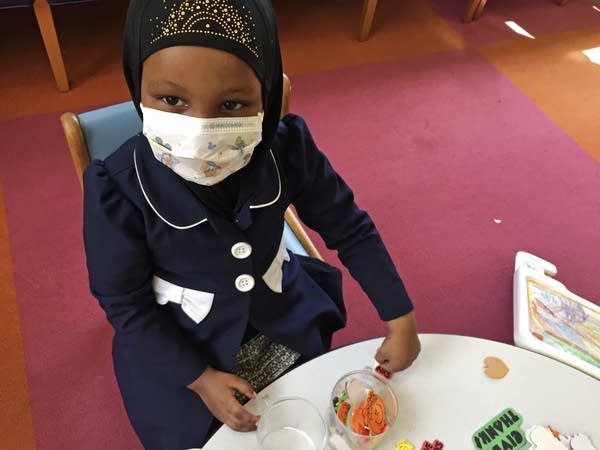Minnesota eyes tougher steps to stop measles as outbreak spreads

Amira Hassan, of Burnsville, Minn., plays in the waiting room at the specialty clinic at Children's Minnesota in Minneapolis on Tuesday. Hassan went to the hospital's clinic for a routine wellness check, but had to wear a mask to protect her from measles after an outbreak has sickened more than 30 children.
Amy Forliti | AP
Go Deeper.
Create an account or log in to save stories.
Like this?
Thanks for liking this story! We have added it to a list of your favorite stories.


